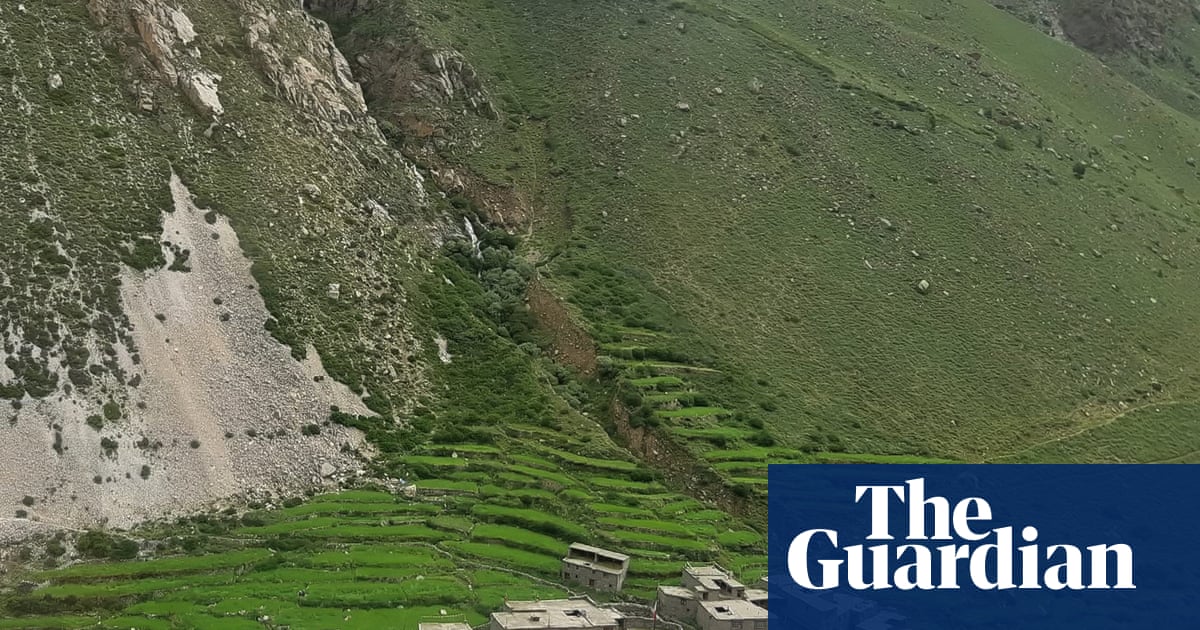The prospect of European wildcats prowling in south-west England has taken a leap forward after a two-year study concluded a reintroduction was feasible – and most local people were positive about the idea.
Having been absent for more than a century, mid-Devon has been judged to have the right kind of habitat to support a population of Felis silvestris.
The area has the woodland important for providing cover and den sites while its low intensity grasslands and scrubland create good hunting terrain.
According to the study, the wildcats would not be harmful to humans or to farm livestock and pets. It envisages between 40 and 50 animals being released, though not before 2027.
There may be some hitches. Interbreeding between wildcats and feral/domestic cats is an issue for wildcat populations in Scotland, threatening the genetic security of the species.
For a reintroduction project in the south-west to succeed, the study says there would have to be cooperation with local communities and cat welfare organisations to support a neutering programme for feral and domestic cats.
The two-year investigation was carried out by the South West Wildcat Project – a partnership of organisations led by Devon Wildlife Trust which includes Forestry England and the Derek Gow Consultancy, which works on “rewilding” projects.
It looked at the effects on people, communities, other wildlife, farming livestock and pets and examined the long-term sustainability of a wildcat population after reintroduction.
European wildcats – historically also known as “woodcats” – were once widespread in the south-west of England. Centuries of persecution, plus the loss and fragmentation of their favoured habitats, resulted in them disappearing across much of their range. The south-west’s last wildcats are thought to have survived on Exmoor until the mid-19th century.
Cath Jeffs, south west wildcat project lead at Devon Wildlife Trust, said: “It’s exciting that this report suggests wildcats could be part of the region’s nature once again. The return of this critically endangered species would be another step in the restoration of our native wildlife and will help rebalance local ecosystems.
“Wildcats were once a widespread part of our countryside and today they remain an important part of woodlands throughout continental Europe including Germany, France, Spain and Italy.
“A lot of work remains to be done before the first wildcats could be released in the south-west. Honest and open dialogue with stakeholders will be key.”
The UK’s only remaining wildcats live in the Highlands of Scotland. Despite being given protected status in 1988 wildcats are now classed as at risk of extinction with as few as 115 individuals remaining in the wild.
The south west wildcat project was established in 2023 to investigate the feasibility of a reintroduction to the region. Its report, published on Tuesday, concludes:
-
The south-west contains enough woodland cover connected by other suitable habitat to support a sustainable wildcat population.
-
Two surveys were conducted by researchers at the University of Exeter. In one, 71% of 1,000 people liked the idea of wildcat return. In the other, 83% of 1,425 who responded expressed positivity.
-
Wildcats pose no significant risk to existing endangered wildlife populations such as bats and dormice. Wildcat diets concentrate on widespread commonly found species, with 75% of their prey consisting of small mammals including voles, rats, wood mice and rabbits.
-
Wildcats pose no threat to people, domestic pets or farming livestock such as lambs. Commercial and domestic poultry can be protected from wildcats with the same precautions deployed for existing predators such as foxes.
There is a wildcat captive breeding programme in Britain with the studbook managed by the Royal Zoological Society of Scotland.
If they were to be re-introduced in Devon, cats would be selected from this cohort and brought to breeding enclosures. It would be their offspring that may be released.

 3 hours ago
4
3 hours ago
4

















































